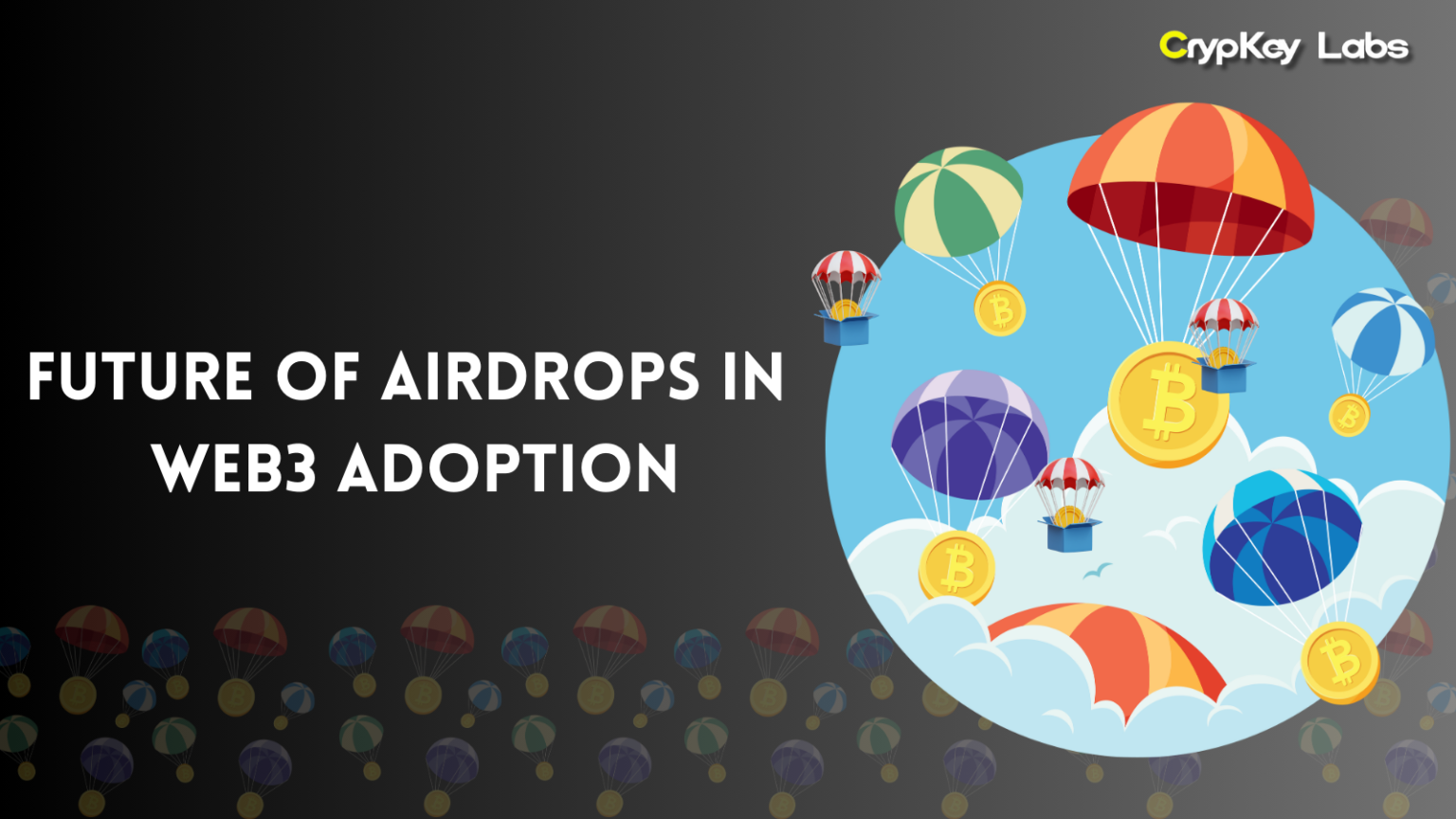In the rapidly evolving landscape of Web3, airdrops have emerged as a pivotal strategy for attracting users and fostering community engagement. But what exactly are airdrops? Simply put, airdrops are the distribution of free tokens or cryptocurrencies to wallet addresses, often to promote a new project or reward existing users. As more platforms and projects launch in the decentralized space, the importance of airdrops in increasing user adoption cannot be overstated. In this post, we’ll explore the future of airdrops in Web3, examining their role, current trends, challenges, and what lies ahead.
Understanding Airdrops
What Are Airdrops?
Airdrops can be likened to a marketing strategy where projects distribute their tokens for free to potential users. This practice can significantly enhance visibility and spur interest among those who might not have engaged otherwise.
Types of Airdrops
There are several types of airdrops that projects utilize:
- Standard Airdrops: These involve sending tokens to users who meet specific criteria, often requiring them to register or follow the project on social media.
- Holder Airdrops: Tokens are distributed to users holding a particular cryptocurrency in their wallets, often as a reward for their loyalty.
- Exclusive Airdrops: These are targeted at specific groups, such as early financiers or community members who have actively participated in discussions or activities.
A Brief Historical Context
Historically, airdrops gained traction during the initial coin offering (ICO) boom around 2017. Projects like Ethereum conducted airdrops to create buzz and encourage adoption. Remember when the Uniswap platform conducted its first airdrop? It not only rewarded early users but also created a community-driven ecosystem.
The Role of Airdrops in Web3 Adoption
Enhancing User Engagement
One of the primary roles of airdrops in Web3 is to enhance user engagement. But how does this happen?
When users receive free tokens, they’re more likely to explore the platform and become active participants. This engagement can lead to increased use of the platform’s services, ultimately benefiting both the users and the project. By distributing tokens, projects can create a sense of ownership among users, making them feel funded in the platform’s success.
Economic Incentives
Airdrops serve as an economic incentive for users. But what kind of incentives are we talking about?
Tokens distributed through airdrops can provide immediate financial benefits. For instance, if a user receives tokens that appreciate in value, they stand to gain financially. This creates a win-win situation: users benefit from the tokens, and projects benefit from increased activity and interest.
Increasing Network Effects
Airdrops play a crucial role in increasing network effects. What does that mean for users?
Simply put, the more people who use a platform, the more valuable it becomes. When projects distribute tokens widely, they can significantly grow their user base. A classic example is Uniswap, which saw a massive increase in users following its airdrop. The rapid growth in users not only boosts liquidity but also enhances the platform’s credibility and attractiveness to new users.
Current Trends in Airdrops
As we navigate the present landscape of airdrops, several trends are shaping their implementation.
Shift Towards Targeted and Strategic Airdrops
Gone are the days of indiscriminate token distributions. Nowadays, projects are becoming more strategic. But why the shift?
Projects are focusing on identifying their target audiences and tailoring airdrop campaigns to attract those specific users. This approach maximizes the effectiveness of the airdrop, ensuring that tokens are distributed to individuals likely to engage with the platform.
Integration with DeFi and NFTs
Airdrops are increasingly integrated with decentralized finance (DeFi) platforms and non-fungible tokens (NFTs). How does this integration benefit users?
For instance, users might receive airdropped tokens for participating in liquidity pools or minting NFTs. This creates a more dynamic ecosystem where users are rewarded for their active involvement in various platform functionalities.
Use of Social Media and Community Engagement
In the digital age, social media has become a powerful tool for airdrop distribution. How can users benefit from this trend?
Projects are leveraging social media platforms to build communities and announce airdrop events. Engaging content, interactive campaigns, and community discussions foster a sense of belonging among users, which is essential for long-term success in Web3.
Challenges Facing Airdrops
While airdrops offer numerous benefits, they also come with their fair share of challenges.
Regulatory Concerns
One of the most pressing issues is the regulatory landscape surrounding airdrops. What do users need to know?
As governments around the world begin to scrutinize cryptocurrency practices, the legality of airdrops could come into question. Projects must navigate these regulatory waters carefully to avoid legal repercussions, which may impact their airdrop strategies.
Market Saturation
With the growing popularity of airdrops, the market is becoming saturated. What does this mean for users?
As more projects engage in airdrops, users may become desensitized to them. If everyone is giving away tokens, how do users discern which airdrops are worth their attention? This saturation can dilute the effectiveness of airdrops and make it challenging for projects to stand out.
Security Risks
Security remains a significant concern in the world of airdrops. What should users be cautious about?
There are numerous scams and fraudulent activities associated with airdrops. Users must be vigilant and conduct due diligence before participating in any airdrop. Protecting personal information and ensuring that airdrops come from reputable sources is crucial.
The Future Landscape of Airdrops
Looking ahead, what can we expect from the future of airdrops in the Web3 space?
Predictions for Evolution
Airdrops are poised to evolve alongside the Web3 ecosystem. What changes can we anticipate?
We can expect to see more innovative approaches that enhance user experience and engagement. As the technology behind smart contracts continues to advance, automated and seamless airdrop processes will become more common.
Technological Innovations
The role of smart contracts will be pivotal in the future of airdrops. How will this impact users?
Smart contracts can automate the airdrop process, ensuring that tokens are distributed fairly and efficiently. This reduces the likelihood of errors and enhances user trust in the process.
Enhanced User Experience
Future airdrops will likely focus on creating a more engaging experience for participants. What might this look like?
Projects may implement gamified airdrops, where users complete specific tasks or challenges to earn tokens. This not only incentivizes participation but also makes the process more enjoyable.
Incorporation of Governance
As community governance becomes increasingly important, we may see airdrops tied to governance rights. How does this benefit users?
By receiving tokens that grant voting rights, users will have a say in the project’s direction. This creates a sense of empowerment and ownership, fostering stronger connections between users and the project.
Conclusion
In conclusion, airdrops are a vital component of Web3 adoption, offering unique opportunities for projects to engage users and build vibrant communities. As we look to the future, it’s clear that airdrops will continue to evolve, adapting to the changing landscape of decentralized technologies. For developers and projects, the key lies in innovating responsibly and engaging users in meaningful ways.
For users, staying informed about airdrop opportunities and trends will be crucial in navigating this exciting space. After all, the future of airdrops holds immense potential for enhancing our experiences in the Web3 world.







